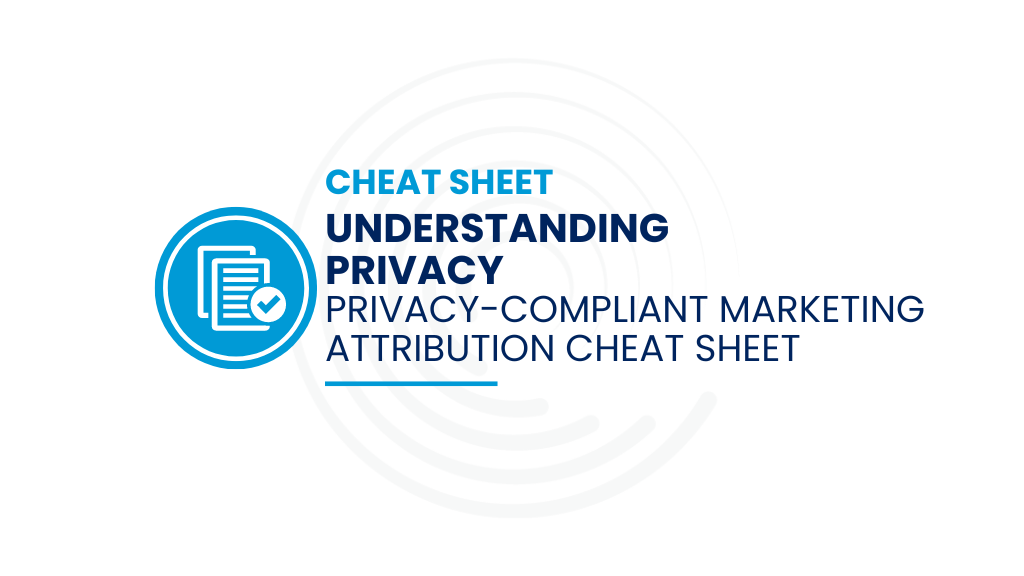This is the second blog in the Chief Marketing Officer and Chief Financial Officer communication series featuring my discussion with Don Hawley former CFO and CEO, now president of DLH Consulting and Vistage Chair.
BC: When we spoke a few weeks ago you mentioned to me how important it was that CMOs and CFOs develop a common language. What did you mean by that?
DH: Let’s start with this premise. CMOs by definition are predisposed to creative thinking – dreaming up campaigns that will cause excitement for the product and company and elicit positive responses from the target prospects. Everything I just said is squishy to a CFO. CFOs think like this: company value is based on revenue and revenue growth, margin and margin growth, and profit and profit growth. When CMOs talk about an exciting new program, CFOs hear discretionary spending without measurable results.
For CMOs and CFOs to work well together, they need to align. And they need an environment where there is mutual respect developed through a common language. While it can start with the CMO or CFO, this communication often starts with the CEO. The CEO needs to believe there is a need for and value in a common language facilitating collaboration between the CMO and the CFO.
BC: Can you give me an example of what you are talking about?
DH: A CMO might come to a CEO and say, “Let me tell you about this fantastic idea for a marketing campaign and it’s going to cost a lot of money but I think it’s going to help position us very well and create a lot of excitement among our prospects.” The CFO might come to the CEO and say, “do you see how our margin went from 58% to 48%? And do you see how the marketing line item increases from 7% – 12%?” CMOs think and talk about creating great campaigns. CFOs speak a financial language seeking data to quantify results.
How does a CFO make sense of the marketing spend? How does a CMO make sense of margin and profit impact? That’s why a common language is so important. An intelligent CEO will see the need to be able to blend these two points of view together, so the company can have a good strategy and tactical plans that create value and drive success. Commonalty of language is critical to this process.
Interestingly, this common language is what Full Circle has addressed. The CMO determines the cool marketing programs to try and now we have the common language to measure that cool thing in a data-driven objective manner comfortable to the CFO.
I’ve often spoken about how it’s good to include the CFO in the marketing strategy meetings. But you need more involvement, collaboration and appreciation. A method of measurement of results from each marketing program provides the much needed common language.
BC:What’s your view on what a good executive conversation about marketing measurement sounds like?
DH: Going back to the story that the CMO is introducing a fantastic new marketing idea to the CEO, it’s at that that moment when a CMO and CEO agree on how they will measure success.
The CEO might ask — do you expect that campaign can have an impact on the top line? If so, how will you measure? Discussing the same idea, the CFO might ask what’s the impact on the profitability or other value creation metric? Absent the right tools that’s a tough question to answer and won’t give the CEO or CFO the confidence that the CMO has the right methodology to evaluate the marketing programs.
The CMO might respond, “Public perception can have a huge impact on company value and we can increase our share of voice.“
A fair question from the CFO is “so what”? You have ½ the voice in the market. So what? The CMO might respond, “We believe that a prospect who is on the fence will eventually make a decision for our company because of perception.” “Can you measure that?” responds the CFO. Correlating share of voice and sales might be a little squishy to measure but the CMO can help the CFO understand that impact. Even the fact you are trying to correlate share of voice with sales can make a good impression on the CFO, even if the metric is a little squishy.
A key point in this that a CMO that measures share of voice can stimulate an intelligent discussion.
BC: Yes, you can track the timing of high impact articles and inbound lead traffic to see if there’s a correlation. But it’s a correlation and not a causation. I suspect CFOs prefer causation.
DH: Without a doubt. However, the CFO can grasp that there’s a challenge establishing correlation vs causation. But a CFO can certainly appreciate the fact that there’s a difference between correlation and causation and the CMO can bring that to a CFO for a good discussion, collaboration and appreciation.
BC: So if you had to summarize your advice to a CMO, what would that be?
DH: Some metrics are easy to translate for the CFO — revenue impact, etc. But some will be harder. Here’s what I would say:
- Speak the language of the CFO by addressing objective metrics — revenue, profitability, value creation, etc.
- Include the CFO in some key meetings.
- Explain measurements on more squishy metrics, and the hypothesis of value creation in each program.
For CMO’s who want to learn how to take charge of this relationship, and prove to the finance department that marketing does more than just ask for budget and spend money, The Top 5 Reports Finance Wants from Marketing is a great place to start.
Next Up: Real world learnings about the CMO and CFO interaction.







